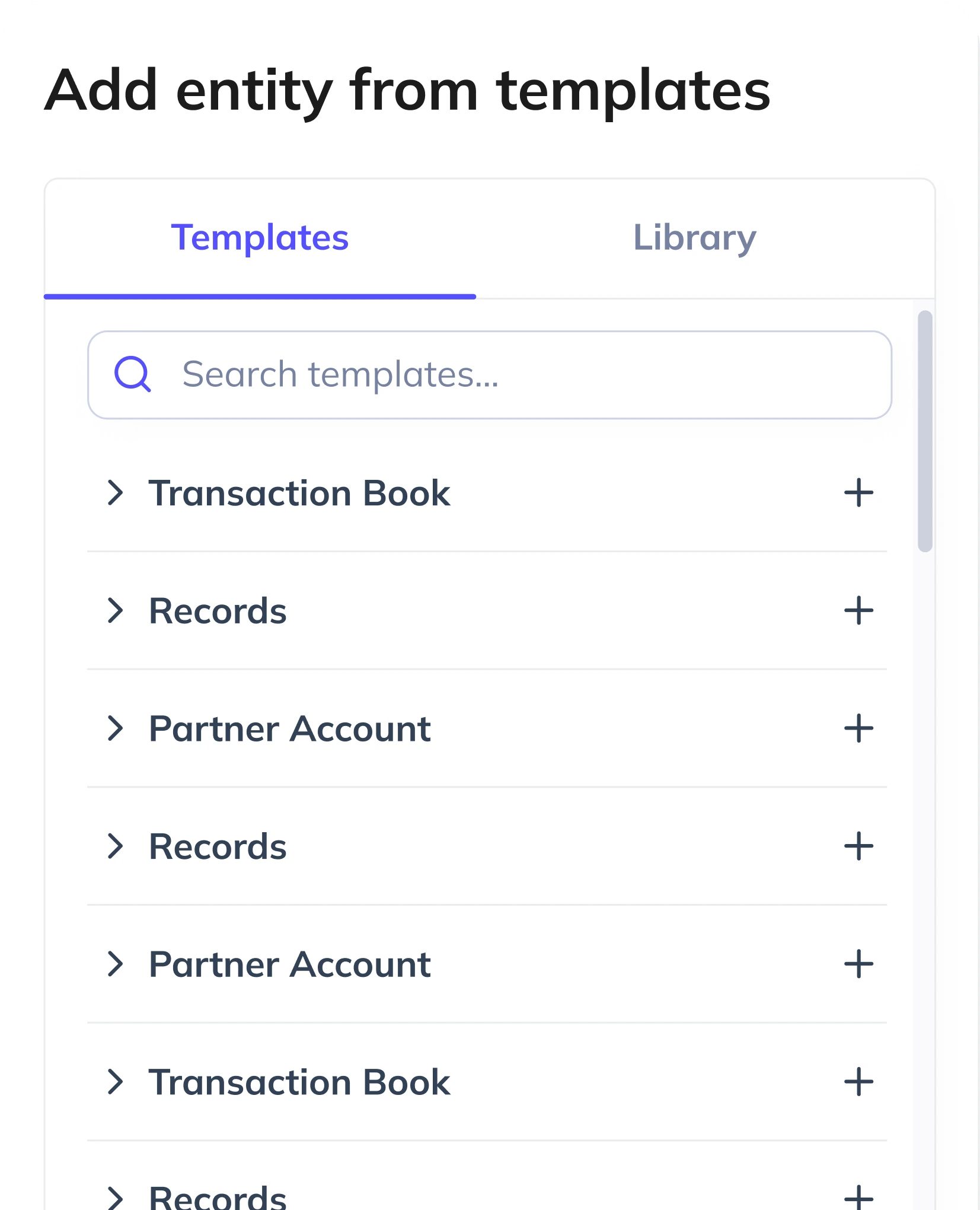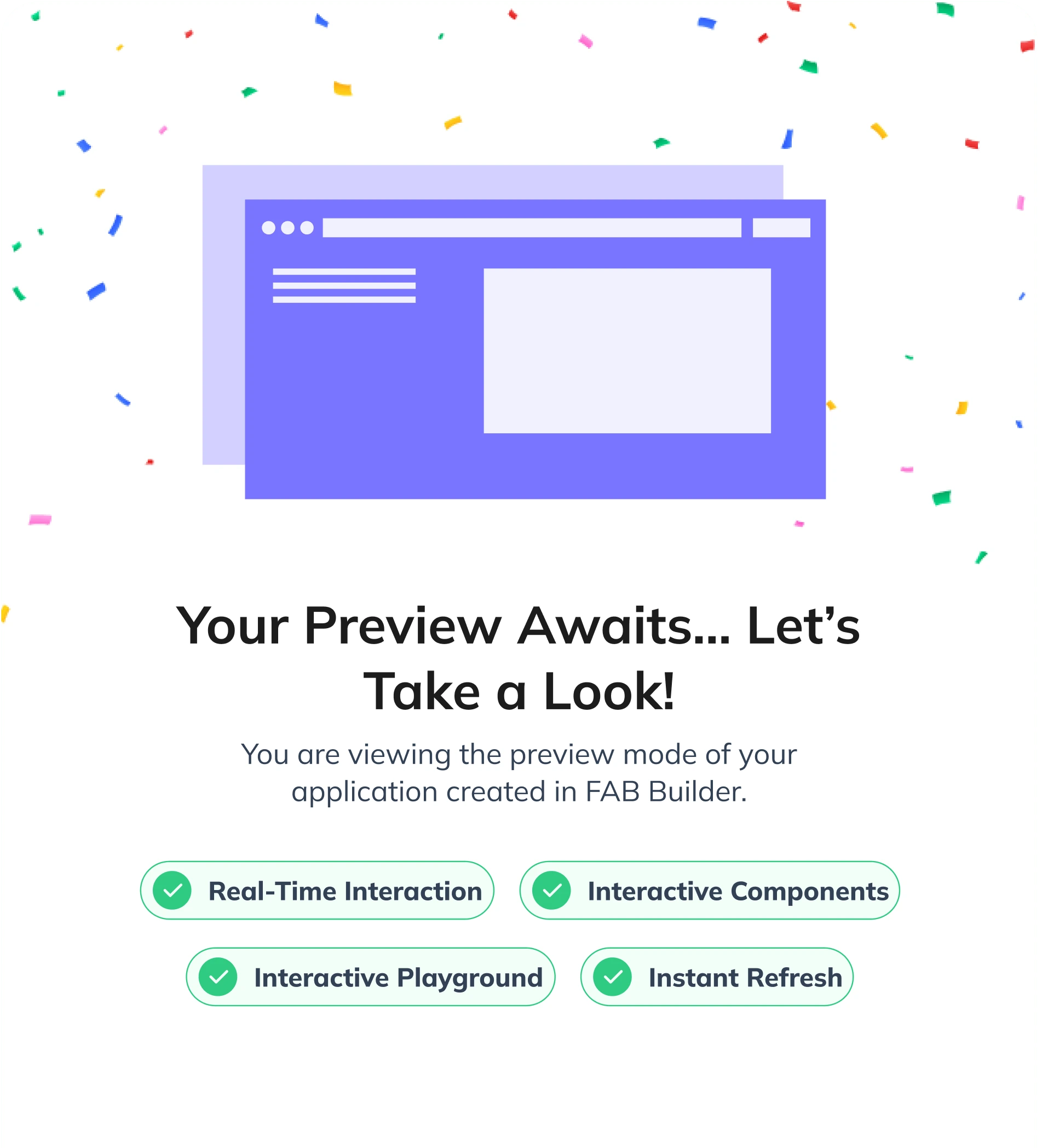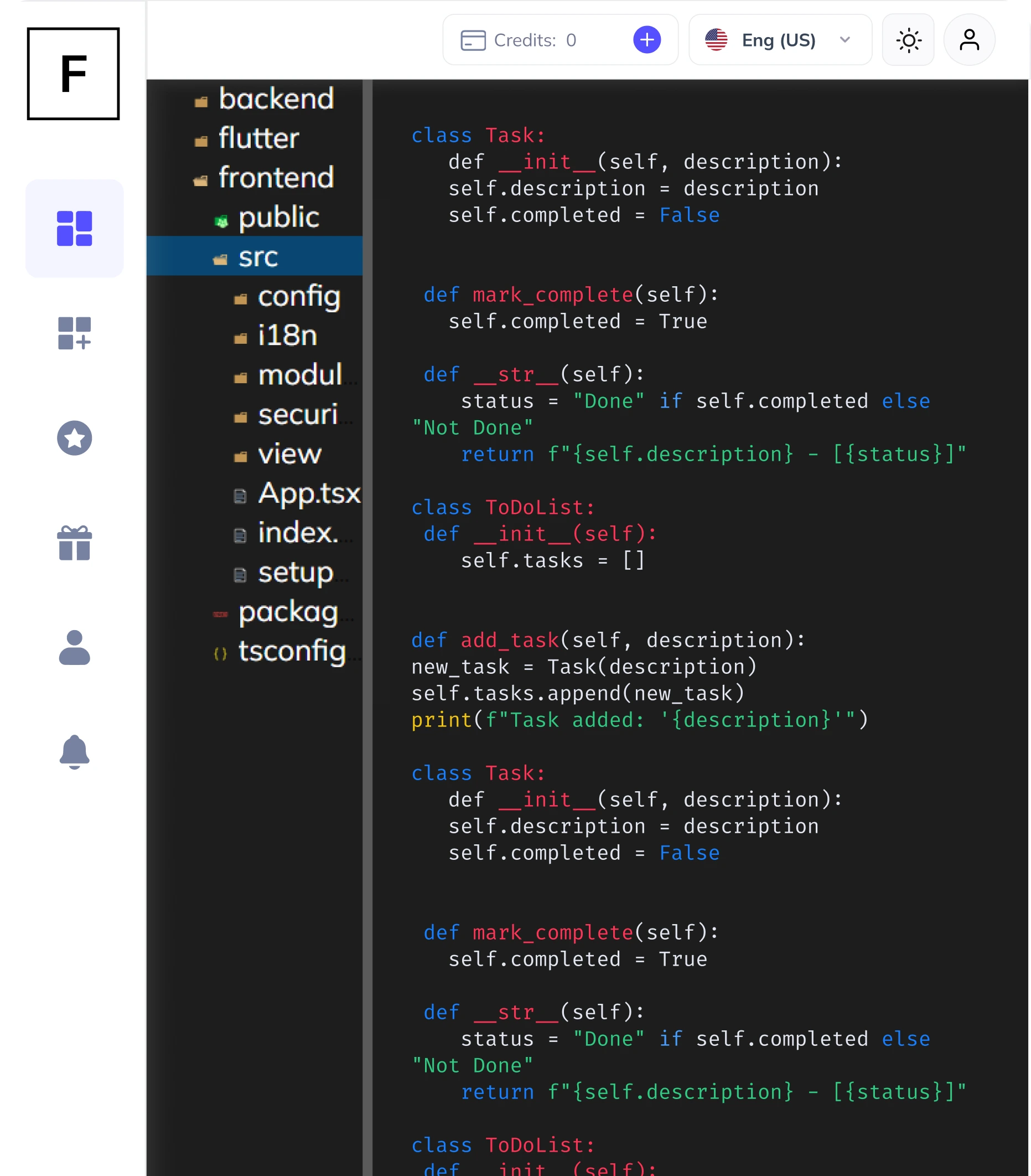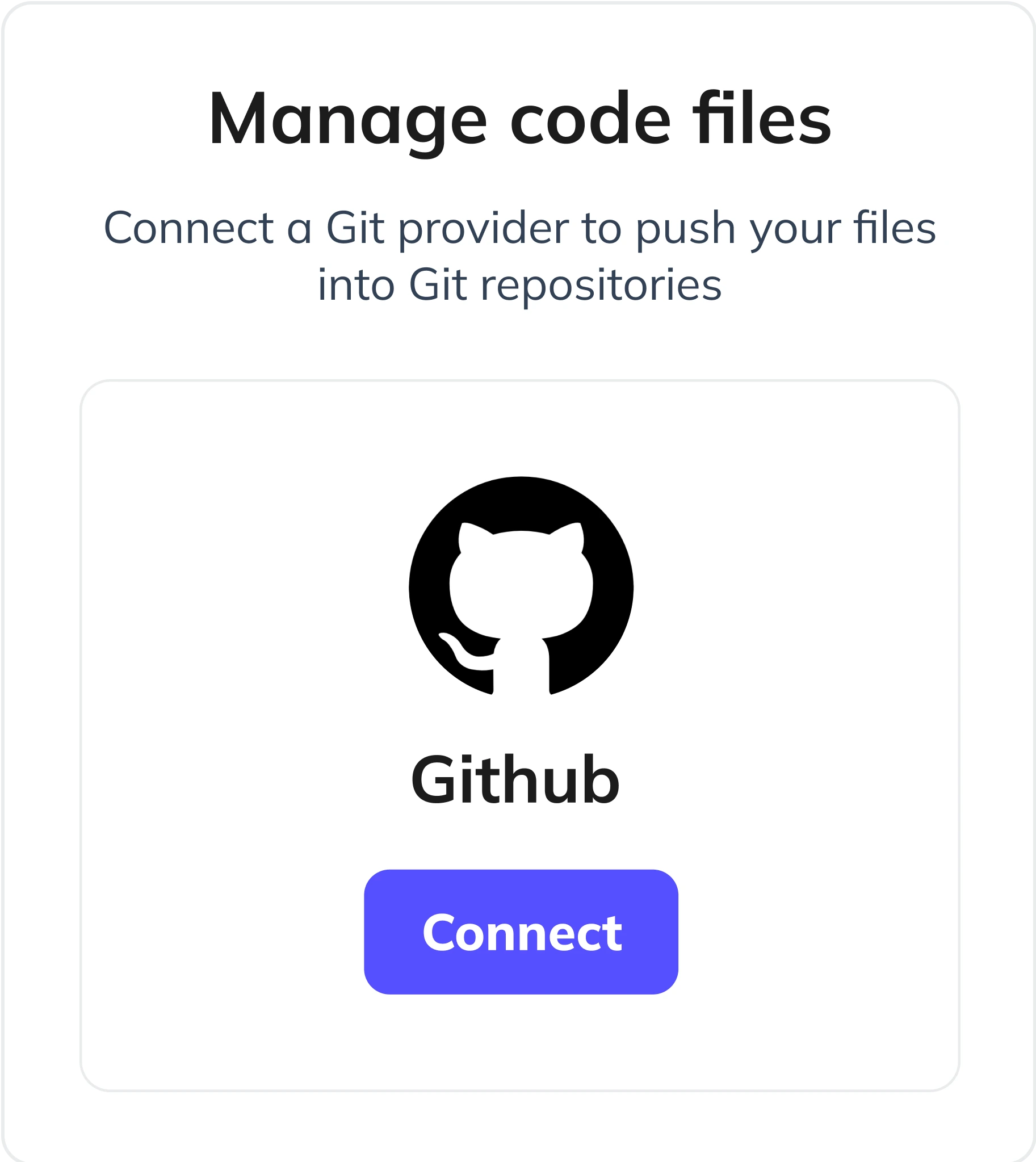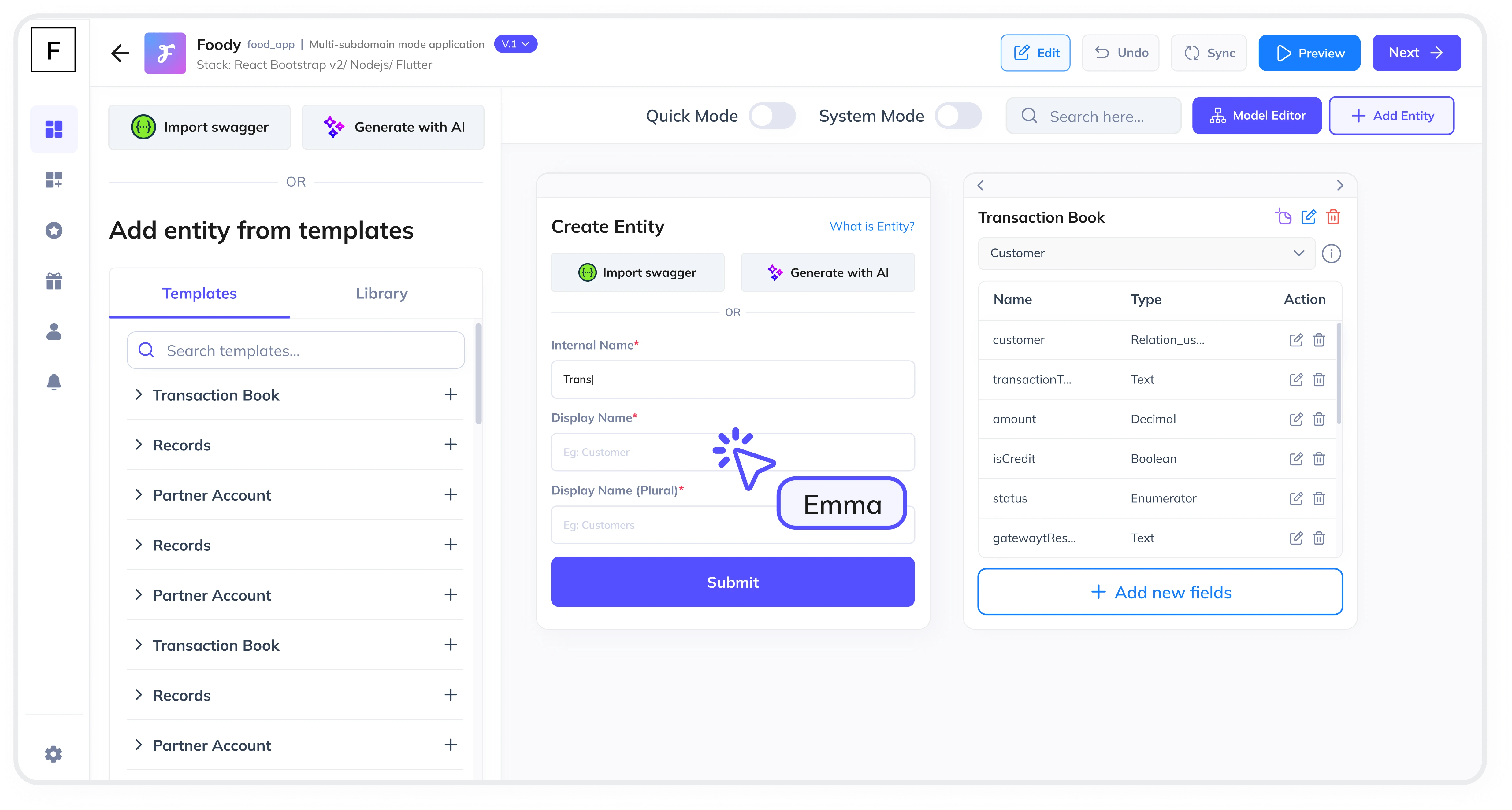Summarize and analyze this article with:
Financial reporting is a critical component of any financial and accounting system. It enables businesses to analyze and present financial data in a structured and meaningful way. Whether you're building a new accounting system or enhancing an existing one, creating a robust financial reporting module is essential. In this guide, we'll walk you through the step-by-step process of building a financial reporting module, and how FAB Builder's low-code platform can simplify this process.
Step 1: Define Your Financial Reporting Requirements
Before diving into development, it's crucial to define the requirements for your financial reporting module. Consider the following:
- Types of Reports: What financial reports do you need? Common examples include balance sheets, income statements, cash flow statements, and trial balances.
- Data Sources: Identify the data sources that will feed into your reports. This could include transactional data, ledger entries, and external data sources.
- User Roles and Permissions: Determine who will access the reports and what level of detail they should see. Role-based access control is essential for security.
- Customization Needs: Will users need to customize reports? Consider adding filters, sorting options, and export capabilities.
Step 2: Design the Data Model
The foundation of any financial reporting module is a well-designed data model. This involves:
- Entity Creation: Define the entities that will store your financial data, such as accounts, transactions, and ledgers.
- Relationships: Establish relationships between entities to ensure data integrity. For example, a transaction should be linked to an account.
- Fields: Add fields to your entities to capture all necessary data points. For instance, a transaction entity might include fields for date, amount, and description.
With FAB Builder, you can use AI-assisted entity creation to automatically generate a data model based on your application description. This saves time and ensures accuracy.
Step 3: Develop the Reporting Logic
Once your data model is in place, the next step is to develop the logic for generating reports. This includes:
- Data Aggregation: Aggregate data from multiple sources to create comprehensive reports. For example, sum up all transactions to calculate total revenue.
- Calculations: Implement calculations for key financial metrics, such as profit margins, net income, and cash flow.
- Formatting: Format the data for readability. This might include adding currency symbols, decimal places, and column headers.
FAB Builder's low-code platform allows you to easily implement these features with minimal coding. The generated code is production-ready and can be customized to meet your specific needs.
Step 4: Implement Role-Based Access Control
Financial data is sensitive, so it's important to implement role-based access control (RBAC) to ensure that only authorized users can access certain reports. With FAB Builder, you can configure RBAC settings to restrict access based on user roles. For example, a junior accountant might only have access to basic reports, while a CFO can view detailed financial statements.
Step 5: Add Export and Import Functionality
To make your financial reporting module more versatile, consider adding export and import functionality. This allows users to:
- Export Reports: Export reports in various formats, such as Excel, PDF, or CSV, for further analysis or sharing.
- Import Data: Import data from external sources, such as Excel files, to update your financial records. FAB Builder automatically generates Excel templates for data import, making the process seamless.
Step 6: Integrate Payment Gateways (Optional)
If your financial reporting module is part of a larger SaaS application, you may want to integrate payment gateways to enable subscription-based billing. FAB Builder supports integration with popular payment gateways like Stripe, RazorPay, and PayPal, making it easy to collect payments from your B2B or B2C customers.
Step 7: Deploy and Test
Once your financial reporting module is complete, it's time to deploy and test it. FAB Builder offers one-click deployment to cloud platforms like AWS, GCP, and Azure, ensuring a smooth and hassle-free deployment process. Be sure to thoroughly test the module to ensure accuracy and reliability.
Step 8: Monitor and Optimize
After deployment, continuously monitor the performance of your financial reporting module and gather user feedback. Use this feedback to make improvements and optimize the module for better performance and usability.

Why Choose FAB Builder for Your Financial Reporting Module?
FAB Builder is a powerful low-code platform that simplifies the development of financial reporting modules and other SaaS applications. With features like AI-assisted entity creation, role-based access control, and one-click deployment, FAB Builder enables you to create production-ready applications quickly and efficiently. Plus, with multi-tenant configurations, you can easily build SaaS applications that allow you to sell subscriptions to your B2B customers.
Ready to get started?
Visit FAB Builder today and explore how our platform can help you build innovative financial and accounting systems.






